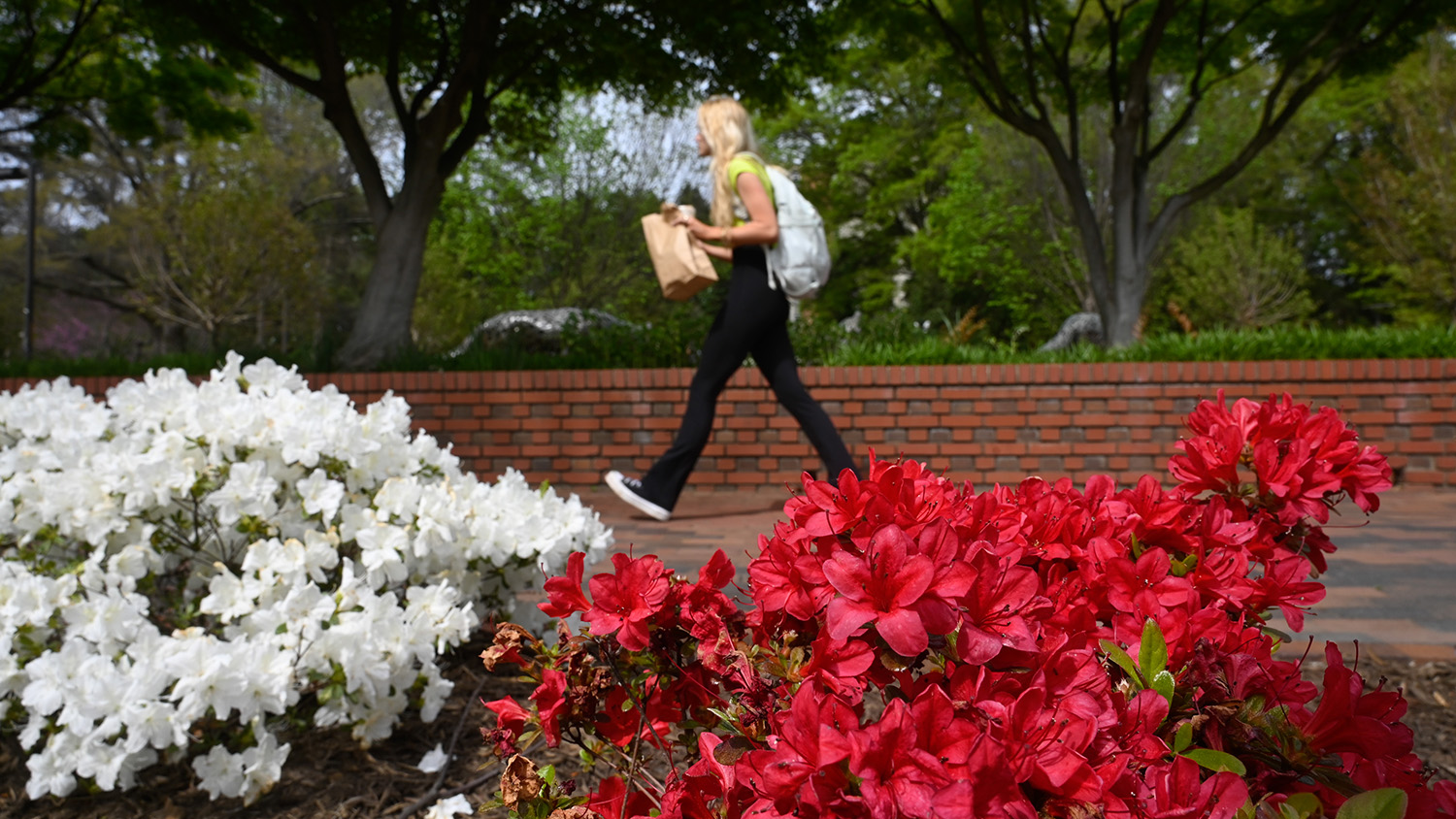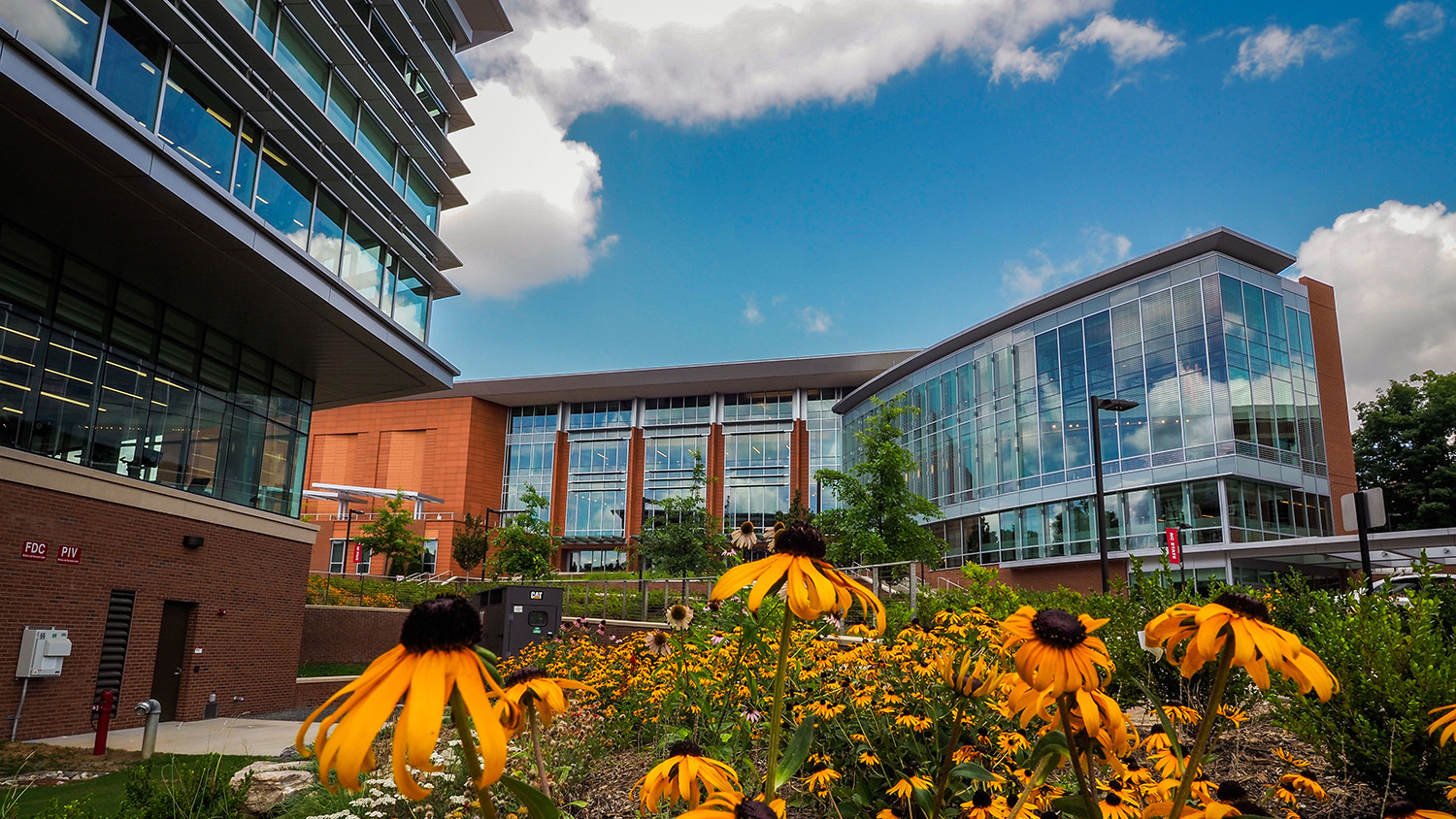Dayflowers, Hibiscuses and Lilies, Oh My!
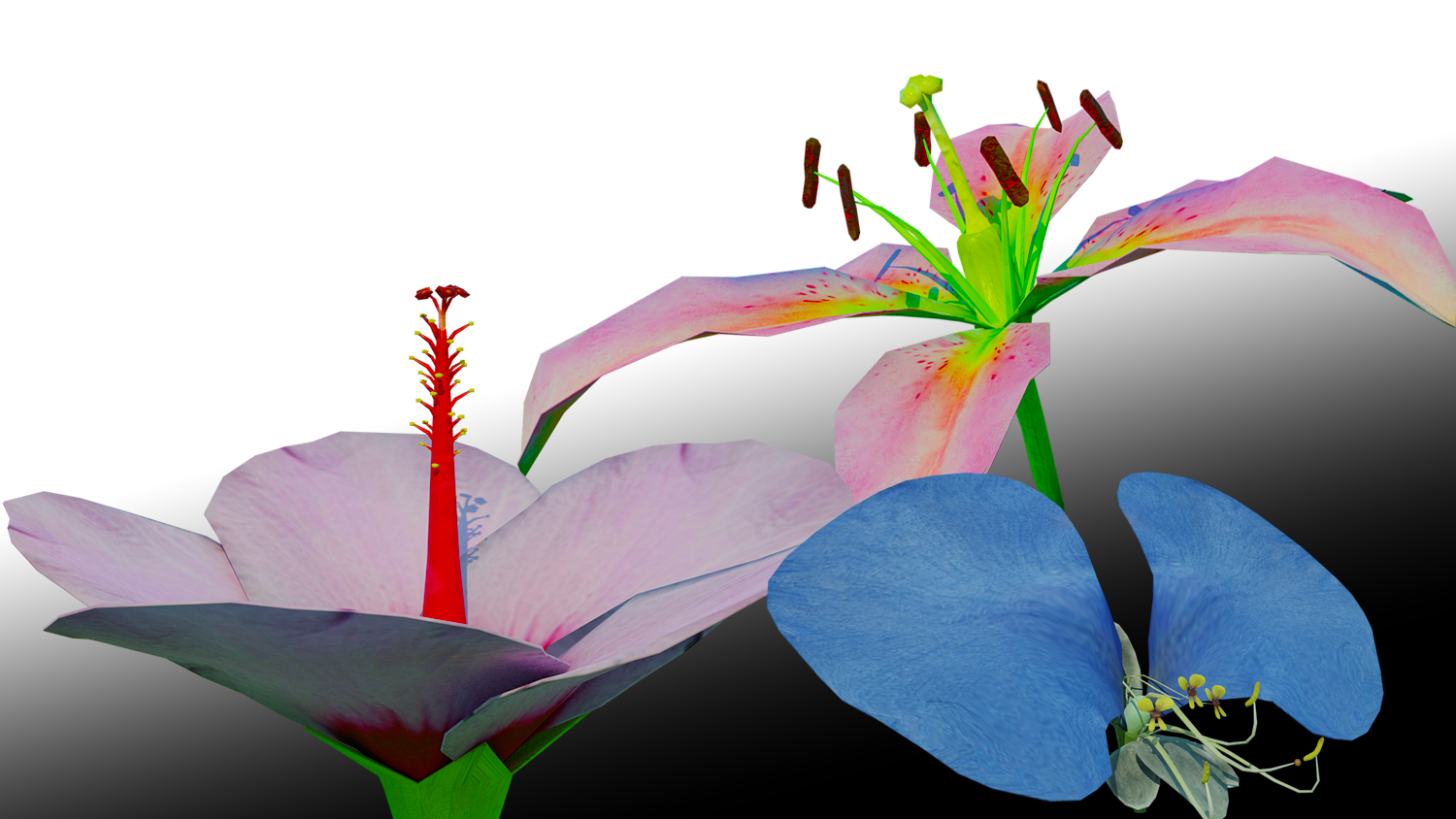
Coming up with fun, interactive ways to teach students about plants from across a computer screen is quite a task, especially when the topic at hand can become bogged down with countless scientific terms. How are budding botanists supposed to remember where the pistil of a dayflower is located without physically handling the plant themselves?
With the help of a DELTA team spearheaded by Senior Instructional Designer Cathi Dunnagan, Professor Larry Blanton bridged the gap between digital learning and in-person botanical labs. In PB 250: Plant Biology, students have the opportunity to engage with plants via interactive 3D web models. As part of VRPlants, a virtual learning tool launched with a grant from the American Society of Plant Biologists, these virtual models gave students the opportunity to interact with several different kinds of plants with the technology at their fingertips.
“These modules not only give the students a fun and interactive way to learn important terms, but they also enable the students to reinforce their learning by dealing with the terms in different contexts,” Blanton said.
Additionally, University Library Specialist Colin Keenan, Teaching Lab Developer Alexandria Szakacs, Technical and 3D Artist Mitchell Dunning, and Teaching Technician Rachel Clark worked hard alongside Blanton to get the online modules up and running for students.
VR Botanical Model Development
Although the DELTA grant was originally slated for the use of Mozilla Hubs, a space for students and faculty to meet, share and collaborate together in a virtual environment, the team later pivoted to web-native eXtended Reality, or “webXR.”
Additionally, the DELTA team implemented A-frame, an open-source web framework for VR, in order to focus more clearly on the needs of students in PB 250. However, even innovative platforms such as A-frame can be difficult to work with in a virtual setting, according to Immersive Media Developer Stephen Waddell.
“As a platform, A-frame also had a number of challenges,” said Waddell, who worked with Dunnagan on this project. “Firstly, we wanted to have this experience available in desktop and VR formats, which required a bit of extra testing.”
All of the 3D botanical models — including lilies, dayflowers and hibiscuses — for use in the virtual classroom setting were designed using Blender, an open-source 3D editor. Szakacs and Dunning largely contributed as a plant anatomy expert and 3D modeling technician, respectively.
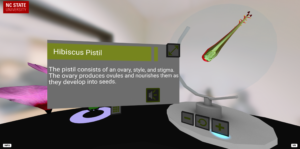
Waddell added that the DELTA team focused on creating a single lab with base features before expanding into more complicated models.
“This gave us an early prototype to give feedback on the test and iterate on the way to a final collection of four settings we would end up producing,” he said.
To improve accessibility, DELTA implemented spoken descriptions and entirely keyboard-driven interaction, including tab selection for parts. Furthermore, the entirety of the code is now public on GitHub, a software in which developers can store code, and can be used for future projects. Four VR labs were created for Blanton’s section PB 250: Lily, dayflower, hibiscus and defensive structures.
Future Implementation Plans
According to the students who participated in the interactive 3D web models, the most enjoyable parts of the experience were how thorough the virtual, lab-like environment was. One student noted that they “enjoyed getting to pull a flower apart without the damage to smaller parts, as that’s what often happens in the lab, making it difficult to observe.”
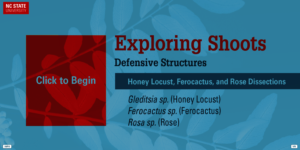
In the future, the team seeks to consolidate plant biology education via VRPlants into a “single landing location” for NC State students and the rest of the higher education community, most likely through Moodle.
“This development experience has been one of the number of experimentation-heavy projects and efforts we’re hoping to inform the next steps in integrating immersive media into DELTA grants,” Waddell said. “Future media can include a deeper dive into web XR, use of photo-scanned accurate materials and volumetric video capture for true telepresence.”
Need help developing a virtual lab component for your course? Apply for a DELTA Grant! Proposals are being accepted now through May 13, 2022.

